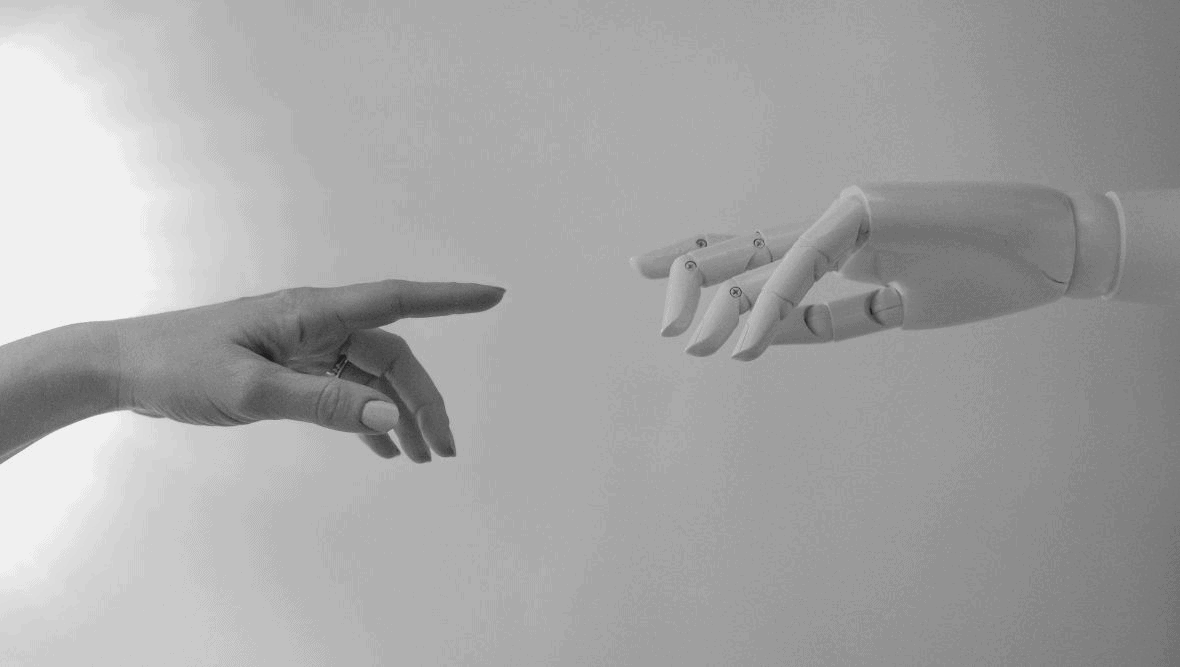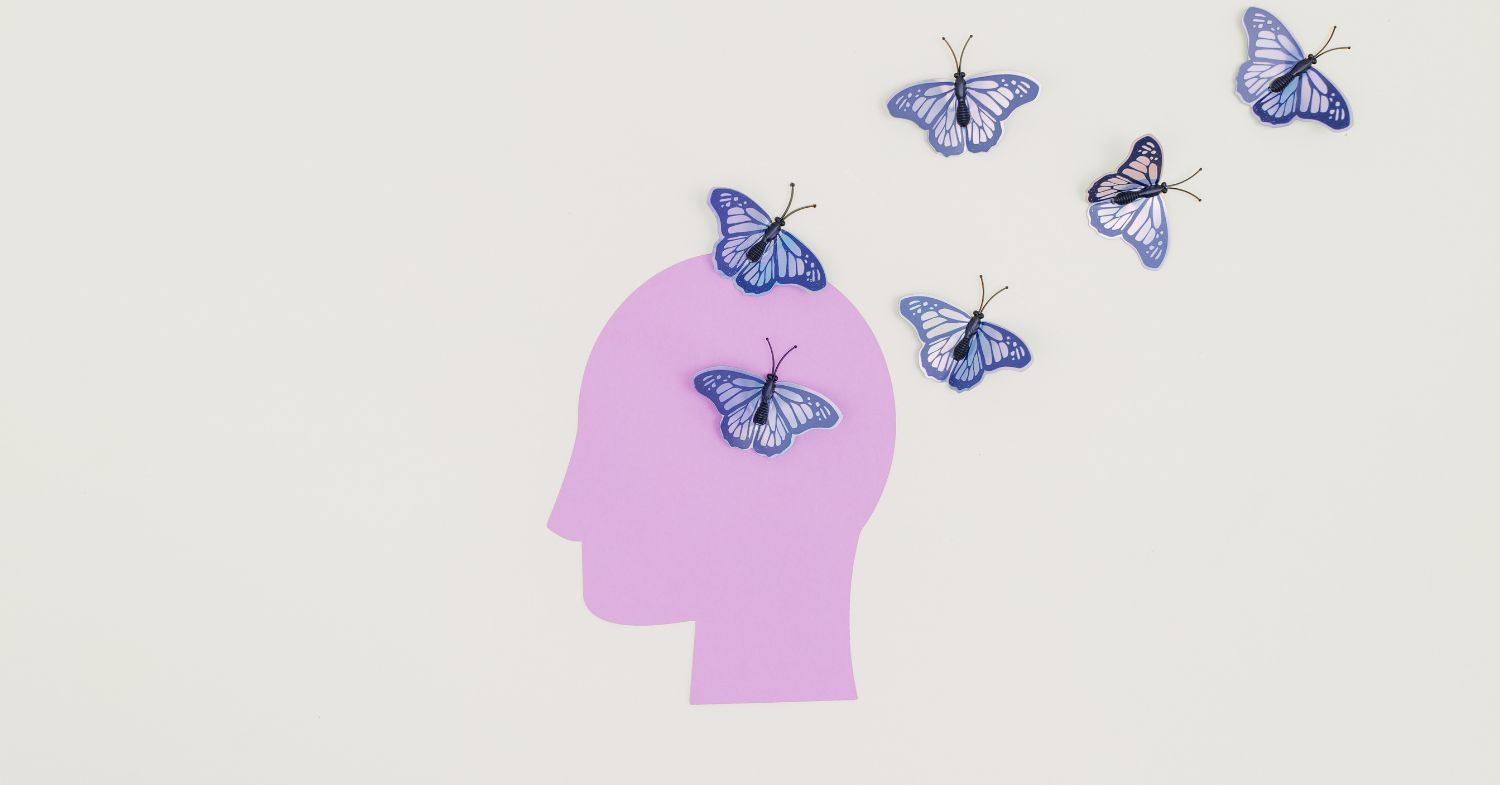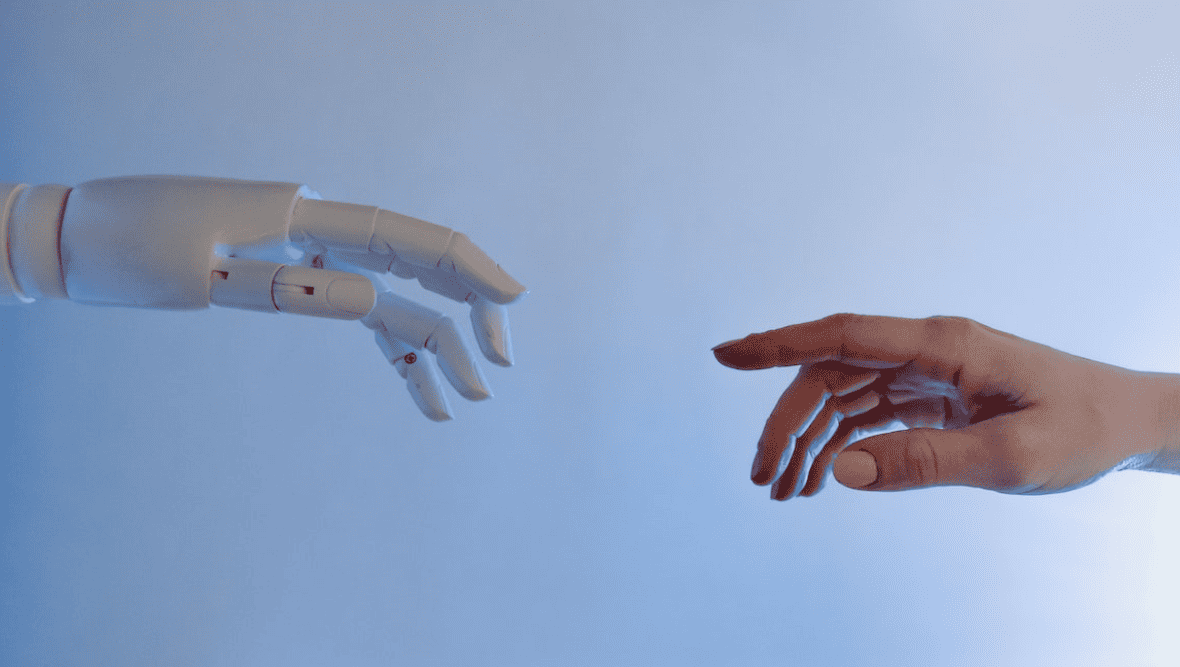
After asking our Senior Copywriter Orla to analyse whether robots were coming for her job, we asked a robot the same question. So what do the machines think? Are they creative enough to write a compelling billboard campaign or scroll-stopping social caption? Read on and find out if you need to invest in Skynet stock...
Artificial intelligence (AI) has come a long way in recent years. From natural language processing and image recognition to self-driving cars and intelligent robots, AI has proven to be a powerful tool in many areas of life. However, when it comes to copywriting, human beings still have the upper hand. In this article, we will explore why people still make better copywriters than AI from an AI point of view.
Copywriting is the art of crafting persuasive, compelling messages in written form. Whether it's a brochure, a website, a social media post, or an email, copywriting is all about capturing the attention of the reader and convincing them to take action. Copywriting is a complex task that requires a deep understanding of language, psychology, and human behavior.
AI has made significant strides in natural language processing (NLP) and can now understand and generate human-like text. However, AI is not yet able to fully understand the nuances of language, tone, and context, which are crucial to effective copywriting. While AI can generate basic text, it is not yet capable of understanding the subtleties of persuasion and the emotional impact of words.
Copywriting also requires creativity, which is a trait that AI is still struggling to master. Humans have the ability to think outside the box and come up with fresh, unique ideas that capture the attention of the reader. AI, on the other hand, is limited by its programming and can only generate text based on the data it has been trained on. This means that AI-generated copy will often be repetitive and lack the spark of originality that makes human-written copy stand out.

Another important aspect of copywriting is the ability to understand the target audience. Copywriting is all about tailoring the message to the specific needs and wants of the reader. This requires an in-depth understanding of the audience, their pain points, and what motivates them to take action. AI is not yet able to fully understand and empathize with human emotions and behavior, which is crucial for effective copywriting.
AI also lacks the ability to understand cultural and societal norms, which is important when creating copy for different regions and cultures. For example, a message that resonates with an American audience may not be as effective in Asia. Human copywriters are able to understand and adapt to cultural differences and create copy that resonates with the target audience.
In conclusion, AI has come a long way in recent years and has proven to be a powerful tool in many areas of life. However, when it comes to copywriting, human beings still have the upper hand. Copywriting is a complex task that requires a deep understanding of language, psychology, and human behavior. AI is not yet able to fully understand the nuances of language, tone, and context, which are crucial to effective copywriting.
Additionally, creativity, understanding the target audience, and cultural and societal norms are other important aspects where human copywriters have the upper hand. While AI is making progress and may one day be able to match the skills of human copywriters, for now, the best copywriting will still come from human writers.
Talk to a real human about how we can create amazing copy for your brand. Read more about the battle between humans and AI in copywriting.


